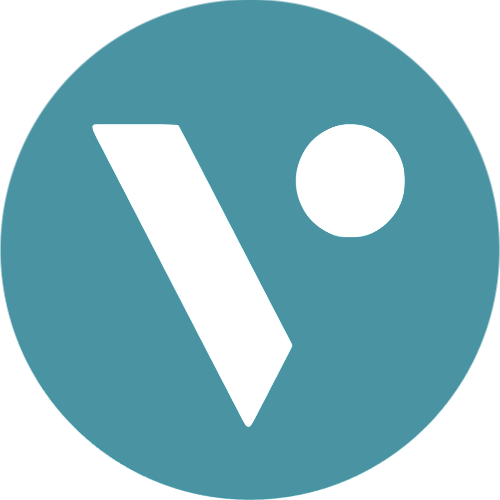Unlocking the Engaging Power of Gamification
For Christmas, I got an Apple watch. As I paced around my kitchen, trying to achieve my daily stand goal and close my progress rings, it got me thinking about the powerful psychological response going on in my brain. The design of the Apple watch is an impressive masterclass in the power of gamification; daily goals for closing your exercise, move and stand rings, rewards and badges, leaderboards and the option to compete and compare with friends. What makes these principles so motivating, and how can these game-like elements be applied to the world of brands and marketing?
Brands are increasingly using game-like principles to engage and delight consumers. Nike+ Run Club, Starbucks Rewards, and our own Doritos Quest campaign are just a few examples of how brands are incorporating elements of games into the design of an activation. So how exactly does gamification motivate people, entertain users and lead to desired behaviours?
Firstly, what is gamification?
The principle of gamification refers to “the use of game design elements in non-game contexts” (Deterding, Dixon, et al., 2011,). A simple example is Snapchat’s “Streak”. A streak counts how many consecutive days two people have been exchanging Snapchats to each other. Every day you send each other a snap, your Streak score increases. It’s easy to see why this simple dynamic is so motivating.
As consumers, we can recognise game design elements all around us in adverts, campaigns, apps, loyalty programs and websites. Compelling narratives, quests, points, badges, leaderboards, rewards, progress bars, incentivisation and teammates are just some examples of gamified dynamics.
Why it works
Gamification is a powerful concept because it evokes positive, human emotions. Psychologically, game elements trigger a number of your brain’s processes that are responsible for igniting positive feelings and creating motivation.
Simply put, your brain loves to win. When you win and or earn rewards a dopamine boost hits the reward network in your brain, which makes us feel good. This is not just a short term response - your brain remembers this feeling and seeks to repeat the sensation, making it highly motivating. So motivating in fact, after repeated rewards your brain will start to anticipate the feeling of winning, leading to a small sensation of pleasure before you’ve even won. Gamification also offers the opportunity for self-expression and autonomy. Games enable you to choose your journey and have some control over the outcome, which helps captivate and engage people. People naturally enjoy this feeling of control. Self-expression is also key within many game dynamics. Avatars and nicknames give players the ability to choose and customise their experience,helping to create an emotional connection and in turn, a greater sense of accomplishment.
Gamification as a marketing tool
By first understanding the psychological processes that make gamification so motivating, we can see how this concept can be used to create experiences that are engaging, unique and above all else - fun! Incorporating game dynamics into a campaign can help you unlock the engaging power of gamification.
It’s difficult for brands to differentiate themselves in the world of digital marketing. Using gamification enables you to launch a campaign that captures attention. We see Vatom campaigns as an amplification of media spend; they not only generate buzz and excitement by offering something different, people are more likely to click on and revisit an innovative experience, leading to higher conversion rates.
Do you want to raise awareness of a new product launch? Drive consumers to sign up to your mailing list? Encourage people to follow your brand on social media? You can use gamification as a tool to motivate users and achieve your desired outcome. For the 2019 Vodafone Find Unlimited campaign, we used the principles of gamification to create a London based scavenger hunt, where users hunted for hundreds of tech based prizes dropped across the city every day in a race against time and other users. Players could solve clues to gain an advantage over other players in the hunt for the grand prize, a brand new iPhone 11, dropped every day. In 2020 we further developed the campaign for Find Unlimited II, implementing lockdown friendly features like a pin that dropped gameplays around users which resulted in users engaging with the campaign for over 3 minutes per session on average, all whilst being immersed in Vodafone’s brand imagery. The campaign helped ease hundreds of thousands of player’s boredom through the power of gamification
In conclusion, gamification is a powerful psychological tool that you can use in your marketing campaigns to generate deeper levels of engagement with your consumers. The user experiences a positive emotional response that is associated with the brand and feels like they are getting something of value in return for their engagement. Meanwhile, the brand benefits from organic social sharing, positive brand association and an opportunity to sample their product to a wider audience. If you’re interested in finding out how BLOCKv can help you build gamification powered campaigns that deliver results for your company, drop us an email at info@blockv.io




